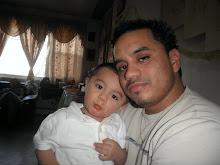
I found this chapter inspiring. This chapter inspired me. These two sentences are worded quite differently and yet, they can be interpreted very similarly. George Yule describes these examples as having different surface structures but a common deep structure. Moreover, the chapter itself defines surface structures and deep structure, along with other numerous syntax (the structure and ordering of components within a sentence) terms. Among these terms are structural ambiguity, recursion, syntactic description, phrase structure etc. Yule uses these terms to describe the rules of syntax and enhances these descriptions with tree diagrams, phrase structure rules and lexical rules.
I found it interesting to see such a simple sentence like “the small boy saw George with a crazy dog recently,” broken down piece-by-piece and sorted in a tree diagram to expose its true complexity. This sentence consisted of a mere nine words and yet seemed absurdly complicated when broken down; can you imagine a longer sentence? In fact, seeing syntax broken down raises my awareness of how advanced our understanding of language is, how do we construct sentences without thinking once about the structure? Yule’s chapter on syntax put me to think about our knowledge of language and how oftentimes we take it for granted.
I found it interesting to see such a simple sentence like “the small boy saw George with a crazy dog recently,” broken down piece-by-piece and sorted in a tree diagram to expose its true complexity. This sentence consisted of a mere nine words and yet seemed absurdly complicated when broken down; can you imagine a longer sentence? In fact, seeing syntax broken down raises my awareness of how advanced our understanding of language is, how do we construct sentences without thinking once about the structure? Yule’s chapter on syntax put me to think about our knowledge of language and how oftentimes we take it for granted.


